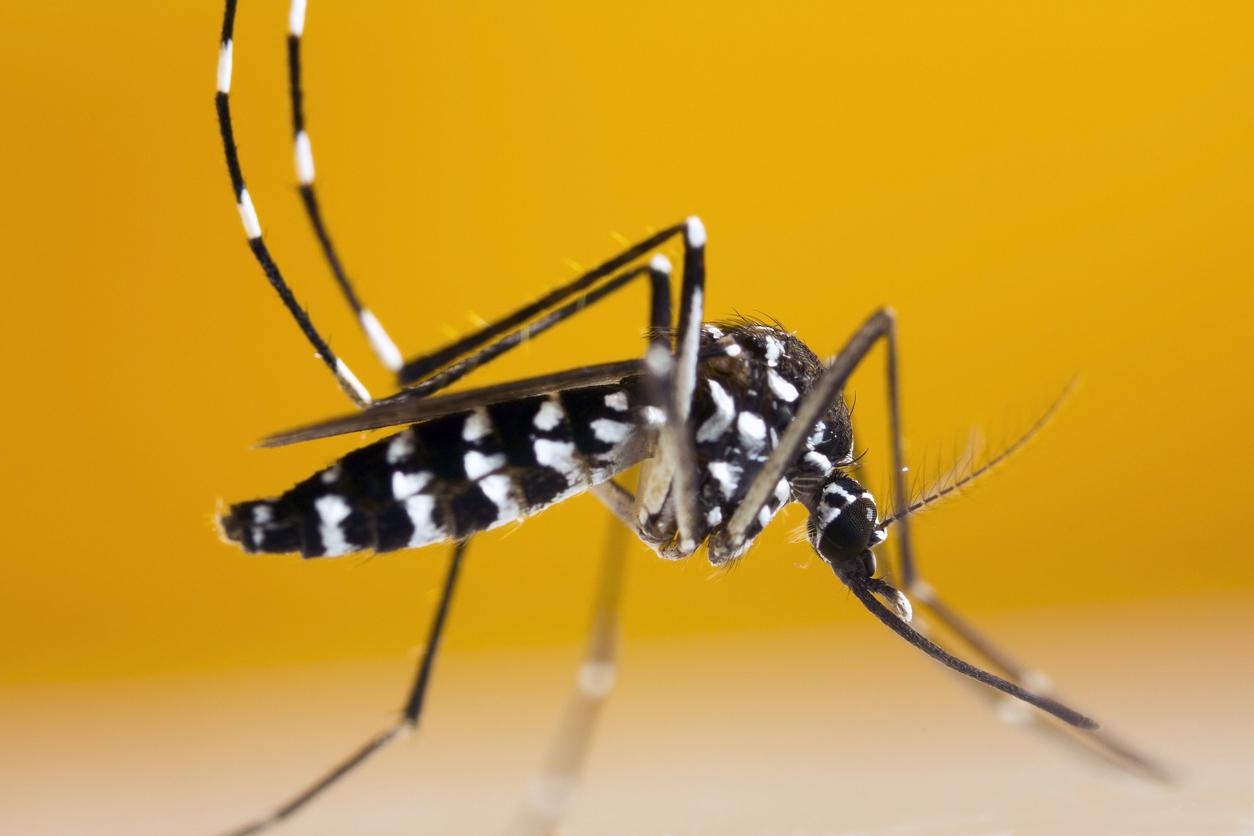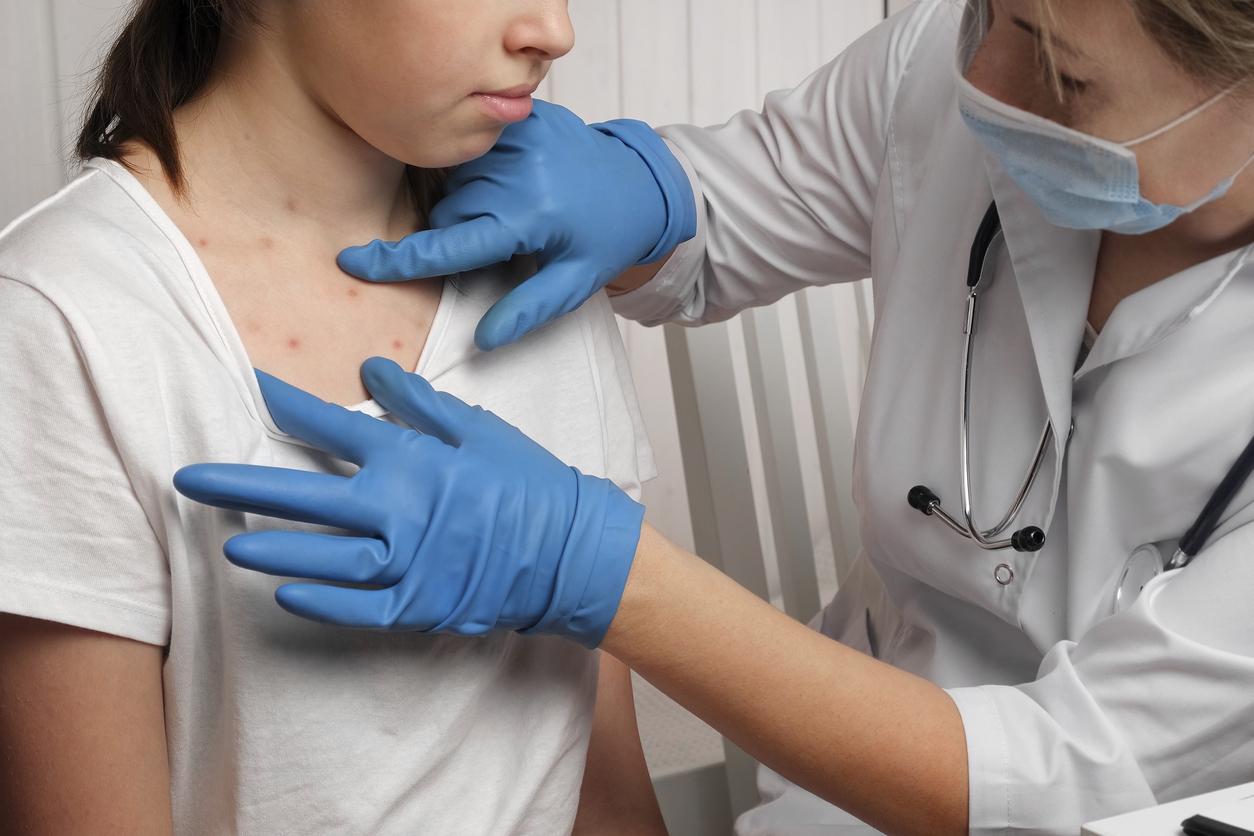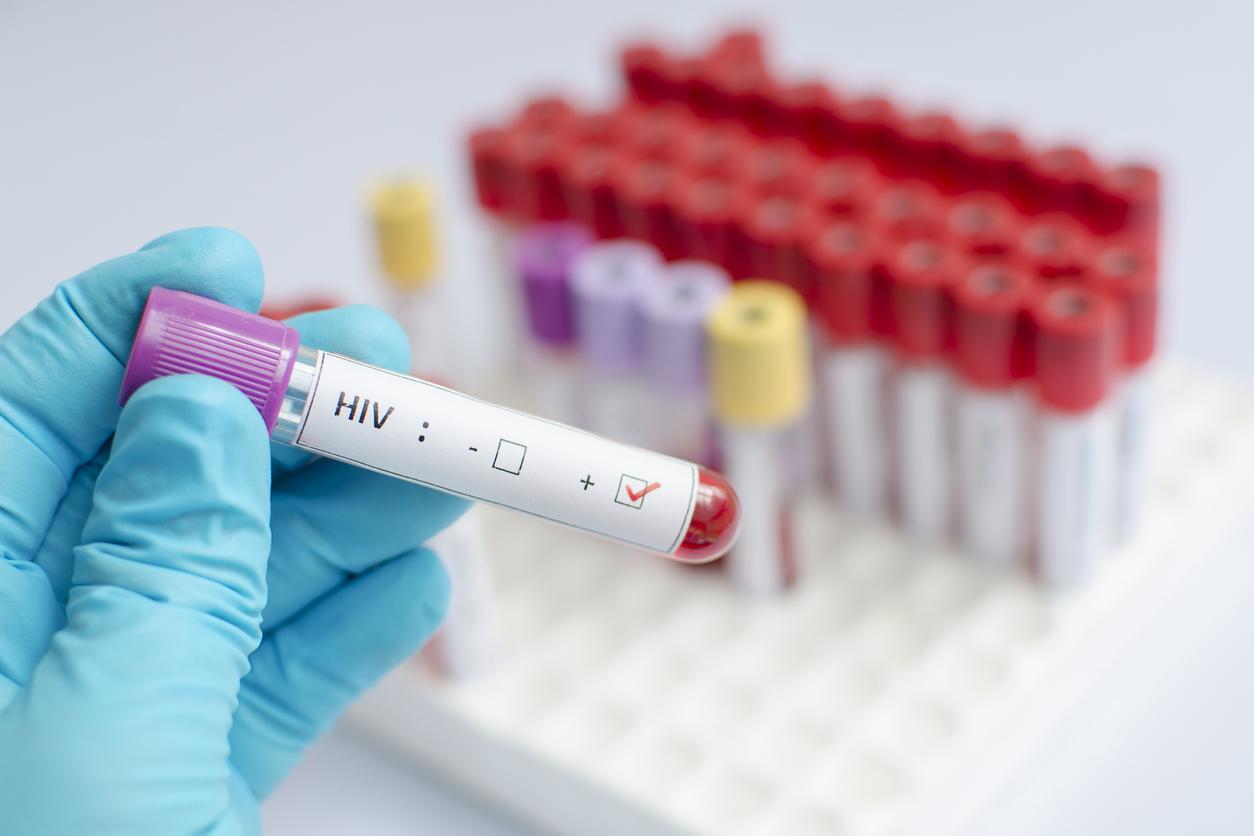12 departments are even on maximum alert regarding the presence of tiger mosquitoes on their territory.

- Nearly 90% of France is on high alert due to the presence of tiger mosquitoes.
- Val-de-Marne, Drôme, Alpes-Maritimes, Gard, Bouches-du-Rhône, Hérault, Pyrénées-Orientales, Mayotte, Réunion, Guyana, Martinique and Guadeloupe even appear in Bordeaux, which means that cases of diseases linked to tiger mosquitoes have been declared.
- The tiger mosquito is a formidable vector of viruses such as chikungunya, dengue fever and Zika.
The mosquito vigilance site has news his card on the presence of tiger mosquitoes in France. And the least we can say is that she sees red.
The vast majority of departments are in fact scarlet and therefore identified as sheltering tiger mosquitoes. “implanted and active”. Val-de-Marne, Drôme, Alpes-Maritimes, Gard, Bouches-du-RhôneHérault, the Eastern Pyrenees, Mayotte, Reunion, Guyana, Martinique and Guadeloupe even appear in burgundy, which means that cases of diseases linked to tiger mosquitoes have been declared.
Tiger mosquitoes belonging to the Aedes genus arrived in our territory more than 20 years ago via the south of France. They have since caused concern, because this insect is a formidable vector of viruses such as chikungunya, dengue fever and Zika.

How to protect yourself from tiger mosquitoes and the diseases they carry?
Tiger mosquitoes are diurnal insects that are quite easy to recognize: they are black with white spots and have two parallel white bands on the dorsal part of the thorax.
“They sting during the day around homes, garden centres and anywhere they find small collections of water to breed in, such as flower pots, tyres left in the wild and other small reservoirs,” specifies the mosquito vigilance site.
The proliferation of tiger mosquitoes near your home can therefore be prevented by taking the following measures:
– drain water that accumulates in the gutters.
– Check that the water pipes are not blocked.
– Get rid of any object that could retain water in the outside environment (used tires, cans, vases, drums, tarpaulins, gutters, open-air trash cans, wheelbarrows, etc.).
– Change the water in flower vases at least once a week.
– Regularly clear and clean unoccupied land.
– Make sure that there is no water retention in the plates under the flower pots.
– For containers that cannot be emptied (wells, open rainwater collectors, etc.), they can be covered tightly with mosquito netting or, failing that, the water can be covered with a thin layer of oil: the larvae can then no longer breathe and die.
Regarding mosquito repellent sprays, “We will simply stick to what the World Health Organization (WHO) recommends: skin repellents, mainly those containing DEET, IR3535 or Icaridin,” Finally, indicate the mosquito vigilance site.
















